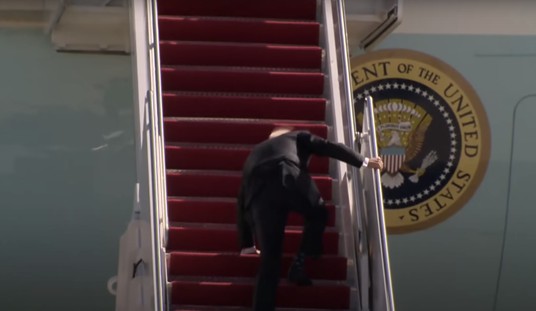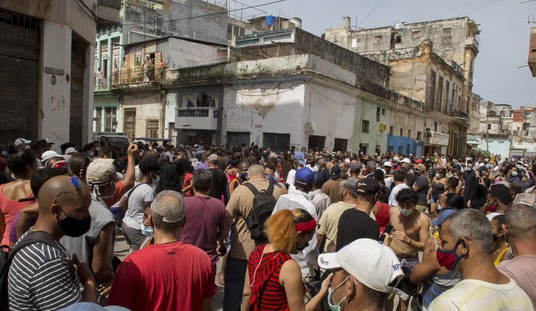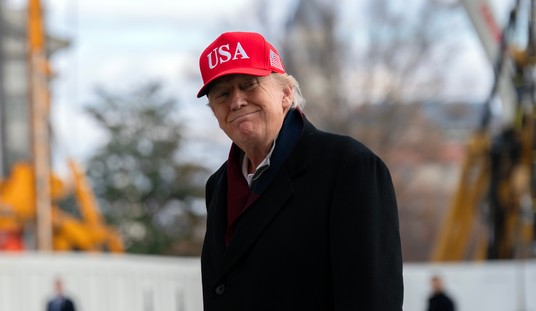ANGEL by Michael S. Malone
One of the world’s most remarkable women died last recently. You didn’t read about it.
Inderjit Khurana was a teacher. A very good one, in fact. But she was also a businesswoman, and like many teachers with that aptitude, she eventually started her own school – and was successful at that as well. She could have stopped there, lived a comfortable life and retired at a nice ceremony surrounded by several generations of past students.
But Inderjit was also something more: she was a born entrepreneur, as focused and ferocious as any Silicon Valley start-up CEO. And, like many great entrepreneurs, she had spent much of life never knowing she had this trait – only to have it appear, in the most unlikely place, and then clutch her soul for the rest of her life.
In Inderjit’s case, her life’s work appeared through the grimy window of train car. There she saw what millions of other people across India saw each day . . .but she alone recognized it as an opportunity.
For years, Inderjit had commuted to her school by taking the train. And like every other commuter, she had grown accustomed to the trip: the passages of countryside, the villages, the teeming train stations. And perhaps it was this familiarity that enabled her, on one such trip in April 1985, to see past the predictable to the potential.
What Inderjit saw that day was what she and every other Indian train traveler had always seen: endless, grinding poverty. The train tracks usually passed through the poorest and oldest side of every town, often – as was the case this day with Bhubaneswar – dividing the city center from the miserable and dangerous slums. This made the train station and its long platform the nexus of these two worlds; where the poor and crippled clustered by the thousands to sell their wares to, or beg from, the more prosperous travelers embarking or disembarking throughout the day from the many passing trains.
Inevitably, with that disparity in wealth and the crush of thousands of people, predators – thieves and pickpockets, prostitutes and their pimps – swarmed as well. Inderjit saw all of that, of course, but she saw something else as well. Children. Hundreds of them. Slum kids, all-but abandoned by their parents, not attending school, and gathering on the platform for mutual protection and excitement. Most were already doomed to a short life defined by drugs, prostitution, crime, disease, and often suicide. By fourteen, the boys were already lost; for the girls, it was age ten.
Inderjit got off the train . . . but this time, she walked down a group of children and struck up a conversation. Great teachers find the student in everyone – even lost and wary children. And, as when she saw the look in the children’s eyes turn from frightened and suspicious to curious and trusting, Inderjit found her purpose in this life. The next day she brought blackboards, chalk and other teaching tools and improvise her own little train platform school. For teaching arithmetic, Inderjit used the train schedule, for reading the station signage.
It wasn’t long before the Train Platform School was a year-round operation, serving hundreds of children each day. They had showers for hygiene, classes, even vocational training for the older children. Most of all, it was about play and fun – something in short supply on the platform – to attract the children to learn. It wasn’t easy: many kids were still lost, and the school itself wasn’t quite legal, but it worked. The children now, for the first time in their lives, had a chance – and the program grew.
I first encountered Inderjit Khurana almost a decade ago when I was on the board of directors of the Skoll Foundation. The foundation, founded by eBay’s first president (and now noted movie producer) Jeff Skoll, had committed itself to supporting the new discipline of non-profit “social” entrepreneurship – and I had embarked on the task of helping produce a four hour PBS primetime miniseries on the world’s greatest social entrepreneurs, to be hosted by Robert Redford and entitled, “The New Heroes.” It was in researching the subjects of the show that my partner, Bob Grove, and I began to research Inderjit and her work more deeply. We concluded that she was one of the world’s most important social entrepreneurs, and we dispatched a crew to tell her story.
The footage they brought back was stunning. There were the children, living the most wretched lives imaginable, finding a purpose each day sitting on the train platform being taught to read and write, or playing games, or even learning mechanics – most of all, finding their true place in the world. A total of four thousand kids participating in the program in Bhubaneswar and at twenty other train platforms in the region. And in the center of it all, Inderjit Khurana, an elegant woman with glasses and short silver hair, dressed in a sari.
What made all of this even more remarkable was that the Platform School still wasn’t quite legal. We instructed our field producer, Carl Byker, to get the footage quickly and watch out for the police. We even had him DHL the tapes in case his camera was confiscated.
The story it told was made particularly poignant because Byker and his team chose to focus on a solitary girl on the brink of adolescence. This little girl, Rama, was facing impossible odds. Not only did she live in the slums, but her mother was dying of tuberculosis. Little Rama still had the fire of life in her eyes, but despite all of the efforts of Inderjit and her team, they were starting to fade. Even as Bob and I were editing the series, we learned that Rama had begun to sneak onto the trains to beg. And she had cut off her hair to look like a boy and avoid being raped.
And it only got worse. In a devastating note from Inderjit, we learned that Rama had been diagnosed with leprosy. Looking at our film footage, it was hard to imagine what this sweet little girl had been reduced to a matter of months. How much, Bob, wrote back, would it cost for the medicine to save her? A lot, Inderjit replied, three hundred dollars.
We mailed the check that day.
We didn’t meet Inderjit Khurana until several years after the series premiered. In one of those remarkable juxtapositions of 21st century life, her son lived nearby and worked in Silicon Valley. We met on a winter’s day, of all places, at a Starbucks in downtown Mountain View, a place as far culturally, geographically and economically as one can be on this Earth from the Bhubaneswar Platform School.
I remember being struck by just how tiny Inderjit was. Her camera presence was so strong that I couldn’t imagine that in person she’d be less than five feet tall, and look like someone’s sweet Indian grandmother. Her voice was small and frail, but it still didn’t hide the iron will and decisive personality behind it. She gave us each Christmas ornaments as a gift of the season, but then peppered us with questions about fund-raising, marketing and promotion. How to use the Web and who to network within the Valley. It was like talking to corporate CEO disguised as a little old lady.
At the end of our conversation, Bob asked about little Rama, now fourteen. She’s been coming back to the school, said Inderjit. And her leprosy had been cured.
It was, Bob wrote to me last week, “One of the proudest moments of my life.”
In her last few years, the world began to appreciate what Inderjit had accomplished. The accolades, awards and financial support began to pour in. She used it to create, under the banner of the Ruchika Social Service Organization, a pre-school, a high school program, and even nutrition and medical programs for her Train Platform kids. In a quarter century, Inderjit’s work had reached thousands of poor children, and saved an uncounted number of lives. Had she lived, I truly believe that she might have won, as did her fellow social entrepreneur Muhammad Yunus, the Nobel Peace Prize.
But it wasn’t to be. Inderjit died on October 26th. The last words she wrote before being taken to the hospital, were: “Every child is important to me irrespective of their economic & social milieu. They are the future. Education for me is the only catalyst which will lead to upward socio-economic mobility”.
This Christmas, her little ornament will replace the angel at the top of our tree.









Join the conversation as a VIP Member